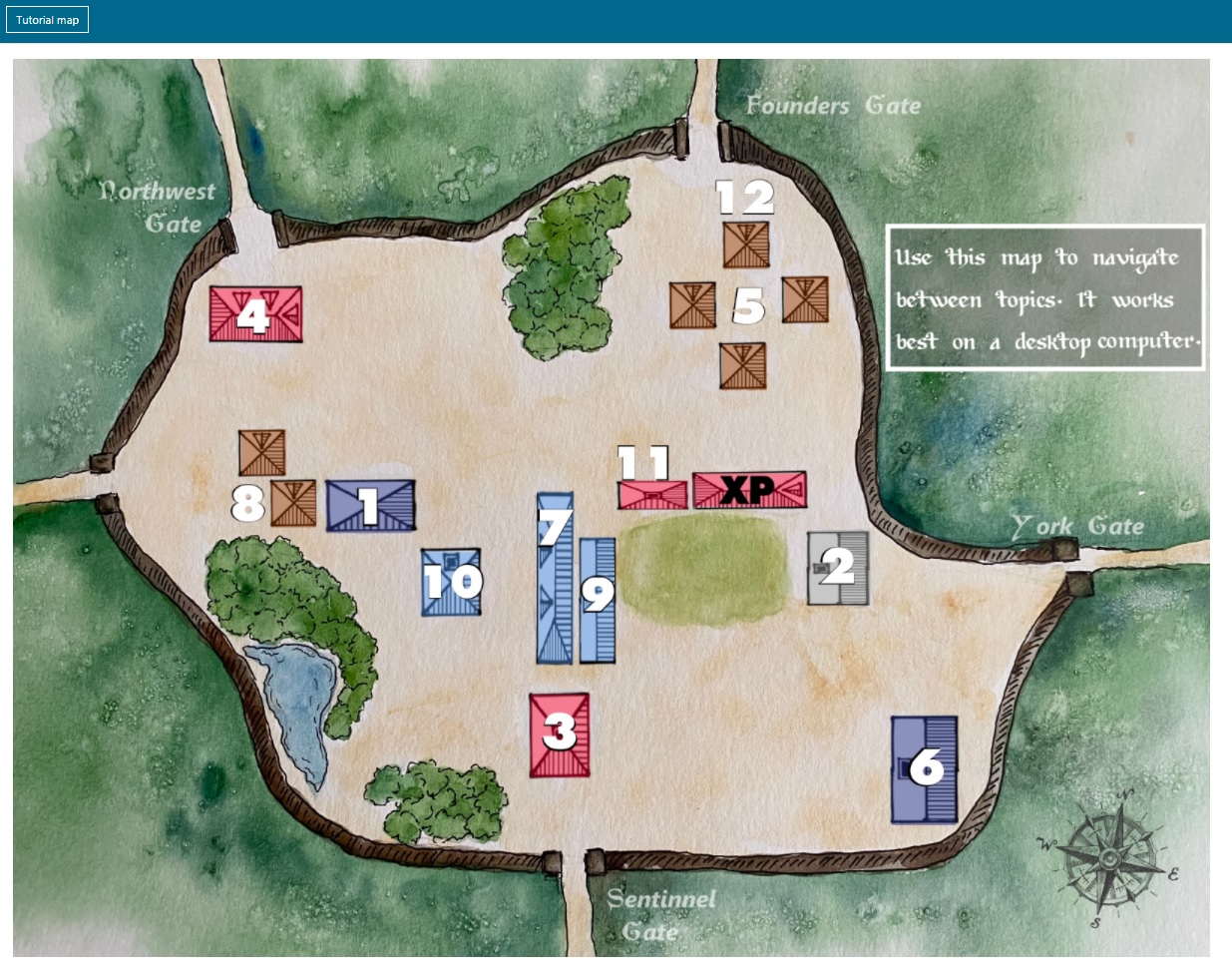This semester, the Faculty of Liberal Arts and Professional Studies (LA&PS) is hoping to make the transition from high school to university easier with a new course, University 101, especially despite the pandemic. The three-credit course is offered as an elective for first-year students, and will count towards degree completion.
Associate Dean of Teaching and Learning for LA&PS, Professor Anita Lam, says she began her role as associate dean in February, and began planning for the course in April after incoming high school students expressed their concerns with beginning university. The pilot course is intended to ease many of the anxieties students face when coming from high school to university.
“I think we were due for a course that did the transition from high school to university in a more thoughtful and careful way, without loading all the students with the other course-specific learning objectives,” Lam says.
One thing students can expect to learn in this course is how to take effective notes while actively listening during lecture.
Lam also acknowledges that the shift from high school to university “comes with a lot of anxieties,” and that this year those anxieties were emphasized. “We are working with students in different time zones, and different geographical locations.
“How do you handle the transition? How do you ensure that they know what advising is?”
With these questions in mind, Lam, along with the faculty within LA&PS, designed the course to deal with the complexities of starting university.
“The course introduces first-year students to university life and teaches them all they need to succeed, from stress management and note-taking methods to academic writing and research skills,” says Associate Professor Natalie Neill.
One thing students can expect to learn in this course is note-taking, “and how to take effective notes while actively listening during lecture,” Lam says.
“I played them two versions of me doing a lecture, the first was sort of an asynchronous lecture which was a narrated PowerPoint presentation, and how I would do the same thing but in person, as best as I could simulate over Zoom for them,” Lam says.
Students gain experience points (XP) in the course by completing assignments, and the more they gain, the more merit they achieve.
According to Neill, the pilot course is off to a great start. “The first weeks of the course have been a lot of fun. The students are so smart and delightful. I have really enjoyed meeting many of them in my virtual office,” Neill says.
Lam echoes these sentiments, saying she believes students are enjoying it, especially with structuring the course like a game — also known as gamification.
“Unlike some of the other courses, we don’t do high-stakes testing,” Lam says. “Because we are serious about skill-building, we’ve been doing small assignments every week.”
University 101’s interactive tutorial map. (Photo Credit: Anita Lam)
“I’m trying to gamify the two tutorials because I’m curious about how gamification works in this environment,” Lam adds. This is done through a points-based system.
The class is a pass/fail course, with the minimum requirement of 65 per cent. However, students gain experience points (XP) in the course by completing assignments, and the more they gain, the more merit they achieve.
With 65,000 (65 per cent) XP, students receive a certificate of completion, but with 75,000 XP (75 per cent), students are awarded a ‘With Distinction’ notation of the certificate. With 80,000 XP, students earn a notation of ‘With High Distinction.
The class is running as a pilot this fall, which will be assessed in the winter by interviewing students who were enrolled in the course.
Once the course has been tested in a larger setting, it could be offered in all three semesters.
“The goal here is to eventually think about how this course would work for all incoming students in LA&PS,” says Lam. “To go from 125 to over several thousand students is a big scaling-up, so we want to assess what happened this fall in a rigorous, careful, and thoughtful way before we scale-up.”
Lam says that once the course has been tested in a larger setting, it could be offered in all three semesters.
Regarding her thoughts on the course, Neill says: “I am excited to be part of this important new course because I know that the students will benefit from it enormously.”
Lam adds: “We really want it to be a meaningful experience for our students, who I know are making the best of it. I think we just want to help them as they are trying to make the transition in a way that makes sense to them and in a way that feels nurturing and encouraging to them.”



